SWRU271I October 2010 – January 2020 CC2540 , CC2540T , CC2541 , CC2541-Q1 , CC2640R2F
- Preface
- 1Overview
- 2The TI Bluetooth Low Energy Software Development Platform
- 3The Operating System Abstraction Layer (OSAL)
- 4The Application and Profiles
-
5The Bluetooth Low Energy Protocol Stack
- 5.1 Overview
- 5.2 Generic Access Profile (GAP)
- 5.3 GAPRole Task
- 5.4 Gap Bond Manager (GAPBondMgr)
- 5.5
Generic Attribute Profile (GATT)
- 5.5.1 GATT Characteristics and Attributes
- 5.5.2 GATT Services and Profile
- 5.5.3 GATT Client Abstraction
- 5.5.4 GATT Server Abstraction
- 5.6 L2CAP
- 5.7 HCI
- 5.8 Library Files
- 6Drivers
- 7Creating a Custom Bluetooth Low Energy Application
- 8Development and Debugging
-
9General Information
- 9.1 Overview
- 9.2 Porting From BLE-Stack 1.5.0 to 1.5.1
- 9.3 Porting From BLE-Stack 1.4.2 to 1.5.0
- 9.4
Porting From Earlier BLE-Stack Versions
- 9.4.1 Porting BLEv1.4.1 Projects to BLEv1.4.2
- 9.4.2 Porting BLEv1.4.0 Projects to BLEv1.4.1
- 9.4.3 Porting BLEv1.3.2 Projects to BLEv1.4.0
- 9.4.4 Porting BLEv1.2 Projects to BLEv1.3
- 9.4.5 Porting From CC2540 to CC2541 Project
- 9.5 Release Notes History
- 9.6 Document History
- A GAP API
- B GAPRole Peripheral Role API
- C GAPRole Central Role API
- D GATT/ATT API
- E GATTServApp API
- F GAPBondMgr API
- G HCI Extension API
- Revision History
9.4.5 Porting From CC2540 to CC2541 Project
This chapter describes how to port a CC2540 Project to work on a CC2541. Similar steps can be taken for the reverse direction.
- Create and select a new CC2540 project configuration based on the CC2541 configuration under Project -> Edit Configurations.
- In the project options, under general options, in the target tab, change the “Device” to CC2540F256.
- Under C/C++ Compiler, in the Preprocessor tab, define CC2540 (and make sure CC2541 is not defined).
- In the Workspace pane, under the TOOLS group, open buildConfig.cfg, and comment out the CC2541 define.
- In the Workspace pane, under the LIB group, exclude the 2541 library by right clicking on CC2541_BLE_peri.lib and selecting options. Then check “Exclude from build".
- Add the CC2540_BLE_peri.lib to the library group.
- You also have to ensure to exclude the CC2540 library from the other CC2541 configurations.
 Figure 9-1 Edit IAR Project Configuration
Figure 9-1 Edit IAR Project Configuration 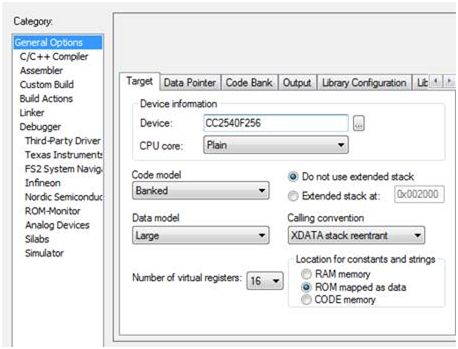 Figure 9-2 IAR Project Options - Device Selection
Figure 9-2 IAR Project Options - Device Selection 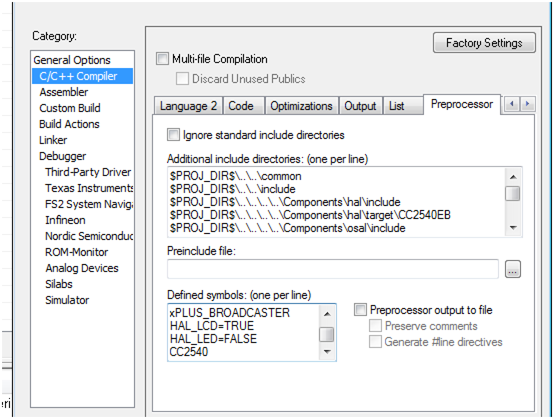 Figure 9-3 IAR Project Options - Predefined Symbols
Figure 9-3 IAR Project Options - Predefined Symbols 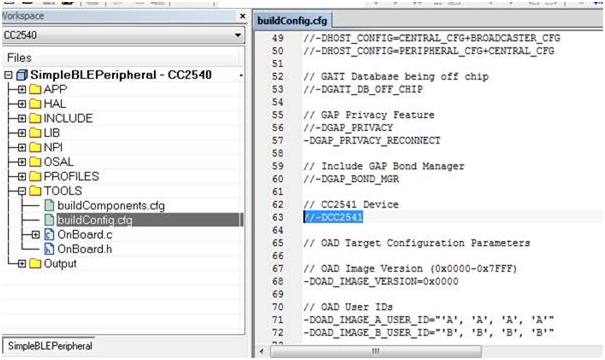 Figure 9-4 Stack Build Configuration
Figure 9-4 Stack Build Configuration 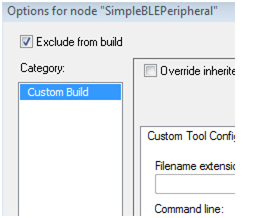 Figure 9-5 BLE Library: Exclude From Custom Build
Figure 9-5 BLE Library: Exclude From Custom Build 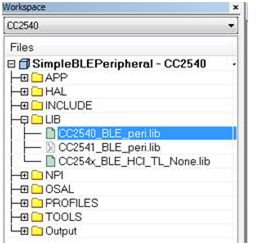 Figure 9-6 BLE Library: Add To LIB Group
Figure 9-6 BLE Library: Add To LIB Group